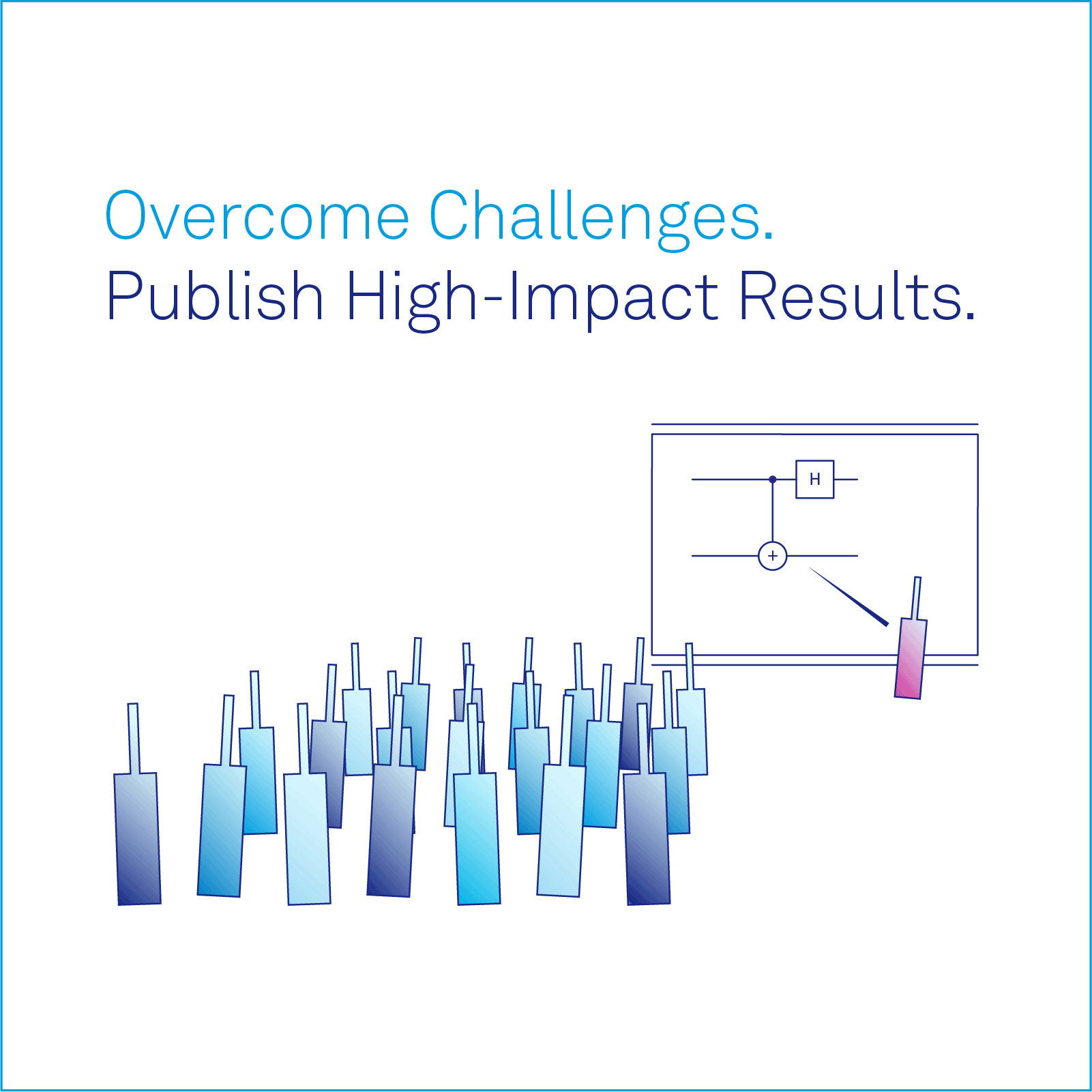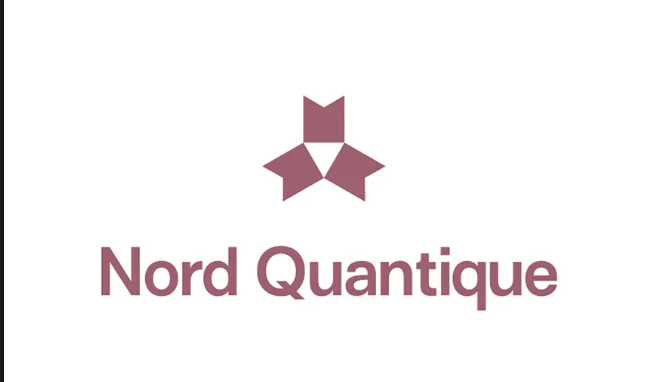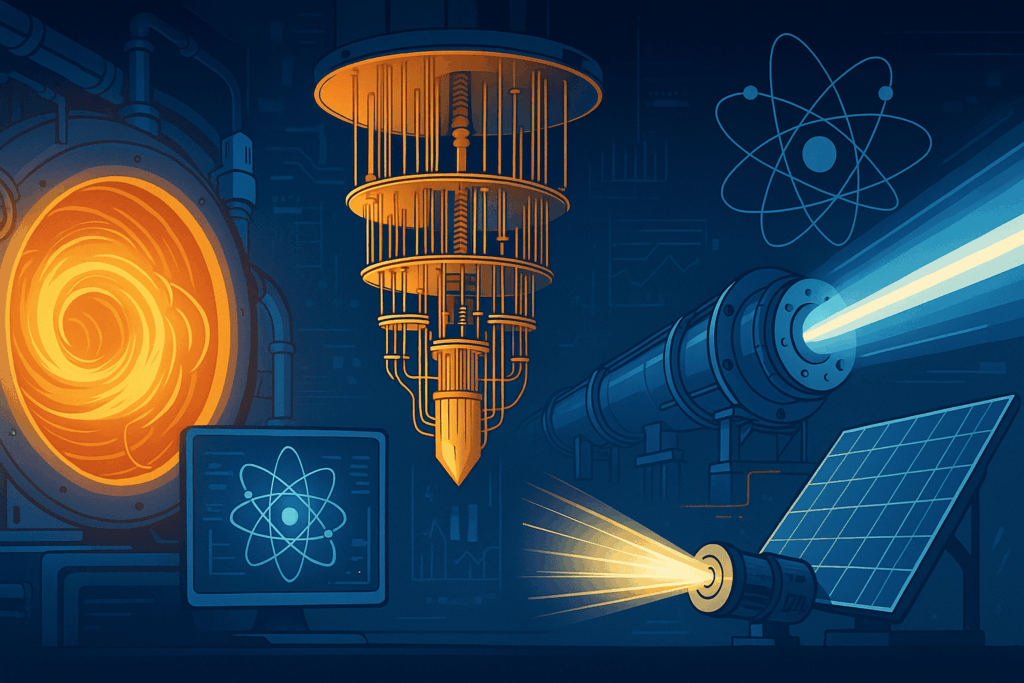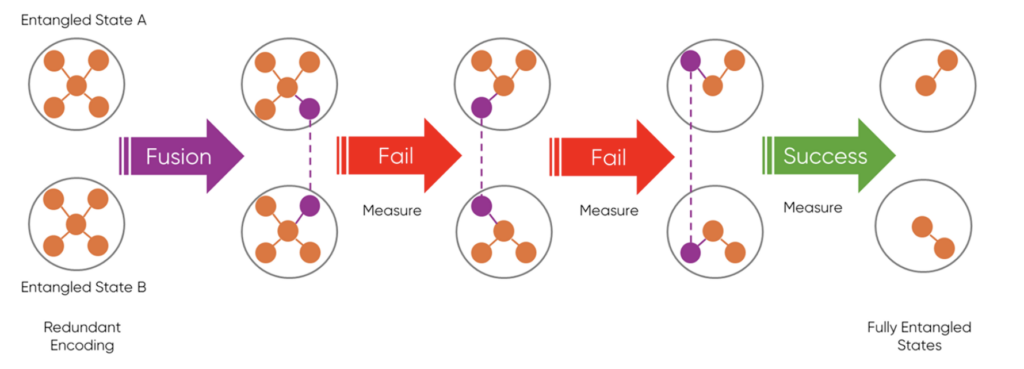Guest Post By Yoann Jestin, Ki3 Photonics
Yoann is a PhD in material science and has been a professional researcher since 2002. He is an expert in devices for telecommunications including specialized optical fibers and integrated optics.
Contributing Author, Len Zapalowski, Strategic Exits Partners
Len has extensive entrepreneurial success in enterprise software, web infrastructure, robotics, AI, electronics, communications, printing, and clean tech.
Quantum communication networks (QCNs) are the next frontier in data transfer. While they are seen to be part of the solution to protect data in transit from the unprecedented processing power of Quantum Computers (QC), they also promise to be the glue of the wider emerging quantum ecosystem,[1] linking quantum computers (QCs) and quantum sensors (QSs) all together.
QCNs have received less attention compared to QCs and QSs. Despite the importance of this technology, we explore why it has not received as much attention as quantum computing; why should QCNs be operational before QCs become mainstream? And what should be done to let them catch up in the overall quantum race?

We define below three main quantum applications that will leverage the power of QCNs.
Securing Data in Transit:
QCNs are fundamentally different from current communication networks as they leverage the unique properties of quantum mechanics to enable the transmission of quantum information. Quantum Key Distribution or QKD is one of the most well-known applications of QCNs, enabling two parties to exchange cryptographic keys with utmost security. It is a solution to bypass the “Harvest Now and Decrypt Later” attacks posed by the threat of upcoming QCs[2] when they will have enough processing power.
Distributed Quantum Computing:
The QC industry faces challenges in scaling the number of qubits, and QCNs promise to link quantum processors or quantum computers, enabling the use of a higher number of qubits through distributed quantum computing, a major condition for QCs to become practical. Distributed quantum computing harnesses the capabilities of individual QCs distributed across different locations to collectively perform quantum computations.
Distributed Quantum Sensing:
Distributed quantum sensing harnesses the principles of quantum mechanics to enable the distributed detection and measurement of physical phenomena. The distribution approach leverages quantum resources, such as entanglement and superposition, to enhance the sensitivity, precision, and scalability of sensing systems.
Why are Quantum Communication Networks still Relatively Limited?
The first limiting factor of the development of QCNs is that one of its primary applications, QKD, still suffers from security concerns. Also, long distances cannot yet be achieved as quantum repeaters are still under development and expensive.
An alternative security technology, Post Quantum Cryptography or PQC, is also competing with QKD. PQC’s goal is to secure sensitive data against quantum computers by creating new encryption algorithms that will be immune to QC attacks. The advantage of these algorithms is that their mathematical complexity is so great that even QCs can’t crack the encryption algorithm for the foreseeable future. While experts believe that both QKD and PQC technologies will co-exist in the future depending on the security required, PQC might slow down the development of QCNs as today’s commercial interest and funding is routed more towards PQC than QCNs.
A second limiting factor is that quantum communication systems are not yet fully optimized to be supported by the current internet based infrastructure, bringing additional cost to the deployment of the technology. In particular, in data transmission using fiber-based dense wavelength-division multiplexing (DWDM) systems[3], quantum signals suffer from a phenomenon known as cross-talk when transmitted alongside classical signals through DWDM cables. This crosstalk can significantly degrade the quality and integrity of the quantum signal, compromising its reliability. This underscores the need for innovative solutions to mitigate these compatibility issues and ensure the seamless integration of quantum communication networks with classical infrastructure.
A third limiting factor is that use cases of QCNs are still under development. The mainstream adoption of quantum computers and quantum sensors is still in its infancy, and further developments are necessary to identify new practical applications.
Nevertheless, there is cause for optimism with the proliferation of over 44 quantum testbed initiatives worldwide[4] that are aimed at exploring the feasibility of distributing quantum signals and identifying practical applications for quantum networking technologies (See Figure 1).

Why are QCNs Important for the Quantum Ecosystem?
QCNs are now gaining interest due to entanglement distribution[1] which opens up new applications[2]. It has immense potential for secure data transfer, for quantum computing and for quantum sensing applications and refers respectively to distributed quantum computing and distributed quantum sensing.
In the table below, we emphasize how PQC, QKD and entanglement distribution are interconnected; how costly it is to implement; and, which type of advances they bring.
PQC exclusively uses the current classical communication networks; the associated costs relate to the migration by an entity to new encryption systems and does not require major changes in the hardware infrastructure. PQC is in the standardization phase by NIST and its wide adoption is expected over the next 5 to 15 years[3]. It will not necessarily replace all the current encryption methods as not every information needs a high level of protection. PQC will be used by financial institutions, data centers, and healthcare institutions[4].
QKD uses classical communications channels as well as quantum dedicated channels for the exchange of cryptographic keys. These costs are more expensive than PQC, as new infrastructure will be needed. QKD is labeled as “information theoretic secure” as it is based on the laws of physics and not mathematical algorithms like PQC. While technical limitations still exist, reducing the level of security, it is to date the most secure way to protect data in transit. The adoption of QKD will also be lower than PQC, as not every user requires such a high level of security.
Entanglement distribution represents the future of quantum networks, as it will enable high level security through QKD, but also applications like distributed quantum sensing and distributed computing. The technology goes beyond the security aspect of PQC and QKD with still many applications to be discovered. The associated costs are high as it requires new hardware infrastructure to be integrated into classical communications networks.
The table below summarizes the three type of technologies:

What are the Current Investments in Quantum Networking Capabilities?
Important investments have been made towards the development of quantum testbeds in Europe and North America. For example:
- the Chicago Quantum Exchange testbed (Chicago, USA), with an investment of over 1B$, CQE website,
- the Quantum Internet Alliance (Europe), with an investment of 24M€, QIA website
- Kirq (Sherbrooke, Montreal, Quebec, Canada), with investments of over 1B$, Numana website
- Stony Brooks University (New York, USA), with an investment of 13M$, IQT News
- the EPB network, (Chattanooga, USA), with investments of 4.7M$, Cities Today.
To these investments we can add initiatives like the Quantum-Augmented Network (QuANET) program launched by DARPA in 2023 that granted more than 34M$ to produce a scalable, vastly more secure networking infrastructure, or the new North American Aerospace Defense (NORAD) financing program launched in Canada that will support technological advances in quantum repeaters as a key enabler of quantum networking for distributed quantum sensors.
Such investments are needed to accelerate quantum networking, in order to develop:
- quantum repeaters that will enable long distance quantum secure data transit;
- transduction capabilities that will enable different QC platforms to be implemented on the same network;
- stabilization and synchronization methods, in this case more critical for quantum than classical networks;
- adapted hardware that can integrate with classical communication infrastructure;
- and, practical use cases that go beyond QKD.
Conclusion and Perspectives
During the last years, there has been tremendous investment and technological developments in the field of quantum computing. Nevertheless, quantum networking for communications has strangely not followed the same trend. Indeed, quantum networking has suffered from the reputation of QKD and security concerns of deploying the physical infrastructure.
Furthermore, the possibility to secure data in transit through PQC, even if they cannot be future-proof, might have further slowed down the development of quantum communication networks.
But today, the perspective seems to have shifted and the quantum community is starting to recognize the importance of quantum communication networks. They will not only improve the security of data in transit, but accelerate and enhance the power of quantum computing and sensing through Distributed applications. This is why a high number of quantum communication testbeds are now growing all around the world with large investment and the mission for quantum networks to act as the glue of the quantum ecosystem.


















